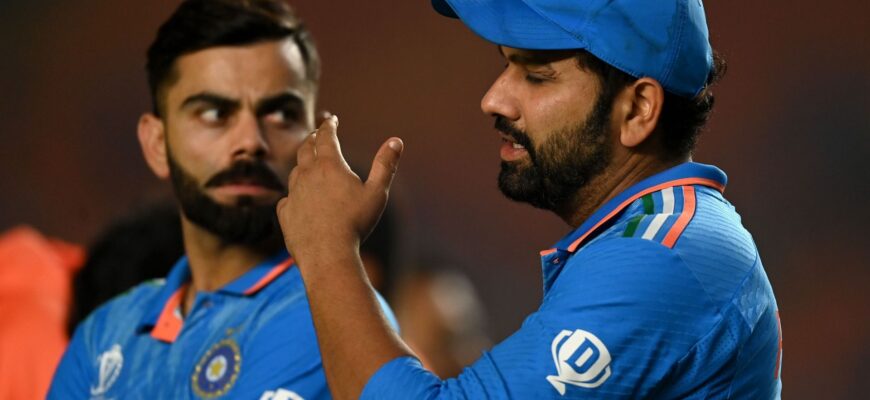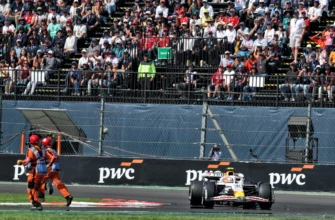The return of Virat Kohli and Rohit Sharma to India`s ODI squad is more than just a headline; it`s a profound moment for Indian cricket. It simultaneously ignites hope and rekindles a persistent, often whispered, question: what truly lies ahead for these two colossal figures?
Focus: Indian Cricket
The Indomitable Duo: More Than Just Players
For nearly two decades, Virat Kohli and Rohit Sharma have been the twin pillars upon which much of India`s cricketing success has been built. Their names resonate with record-breaking innings, nail-biting finishes, and an unyielding will to win. As they prepare to rejoin the squad for the ODI series against Australia, following their last international appearance at the Champions Trophy, the cricketing fraternity breathes a collective sigh of relief. These aren`t merely players; they are institutions, their presence a psychological boost for teammates and a spectacle for millions of fans. Their return, however, is not just a straightforward matter of rejoining a team; it`s a complex strategic maneuver in the grand chess game of Indian cricket.
The Looming Question: 2027 and Beyond
Despite their undeniable prowess, the conversation inevitably drifts to the future. Specifically, the 2027 ODI World Cup. Will Kohli and Rohit, by then well into their late thirties, still be donning the national colors? The question is less about their current ability and more about the inexorable march of time and the strategic imperative to prepare a team for the next global showpiece. It’s a curious paradox: heroes are celebrated for their longevity, yet simultaneously scrutinized for their potential obsolescence.
This isn`t a simple case of performance decline; both players continue to demonstrate world-class ability. Instead, it’s a proactive challenge of managing a generational shift, ensuring a smooth transition without compromising the team`s competitive edge. The media, ever eager for a narrative, frames it as a looming “last hurrah,” adding a dramatic tension that management must navigate with clinical precision.
Shubman Gill: The Voice of Admiration and Aspiration
Amidst this weighty debate, the voice of the younger generation offers a poignant perspective. Shubman Gill, one of India`s brightest batting talents, articulated the deep respect and admiration that permeates the dressing room. Speaking ahead of the Delhi Test, Gill underscored the invaluable role Kohli and Rohit still play:
“The experience that we both have and the matches that we`ve won for India. There are very few players who have won so many matches for India. There are very few players in the world who have the same skill, the same quality, and the same experience. So, in that sense, I`m very happy.”
Gill`s words are a testament to the mentorship and psychological comfort that legends provide. For an emerging star like him, Kohli and Rohit aren`t just statistics; they are living blueprints of cricketing greatness, offering a masterclass in resilience and technique every day. This reverence highlights the emotional tightrope management must walk: balancing the undeniable inspirational value of these icons with the pragmatic demands of long-term team building.
The Management`s Delicate Balancing Act
The Indian team management, particularly Head Coach Gautam Gambhir, faces a task that is as unenviable as it is crucial. The strategy appears to be a thoughtful one: allowing Kohli and Rohit to focus exclusively on ODIs. This “selective participation” is not a sidelining but rather a strategic preservation. It acknowledges their immense value in a specific format, allowing them to manage their fitness and mental energy, ensuring peak performance when it matters most, particularly with the 2027 World Cup cycle in mind.
This approach is a sophisticated form of “transition management.” It aims for a graceful tapering, extending the careers of these legends while simultaneously nurturing the next wave of talent. The challenge is to integrate fresh blood without losing the irreplaceable wisdom and match-winning acumen of the stalwarts. It`s a strategic dance, where every step must be meticulously planned to ensure that India remains a dominant force, learning from past transitions – such as those involving Dhoni or Tendulkar – yet adapting to the unique dynamics of the current era. The goal is clear: a future where the torch is passed, not snatched, ensuring continuity of excellence for Indian cricket.








